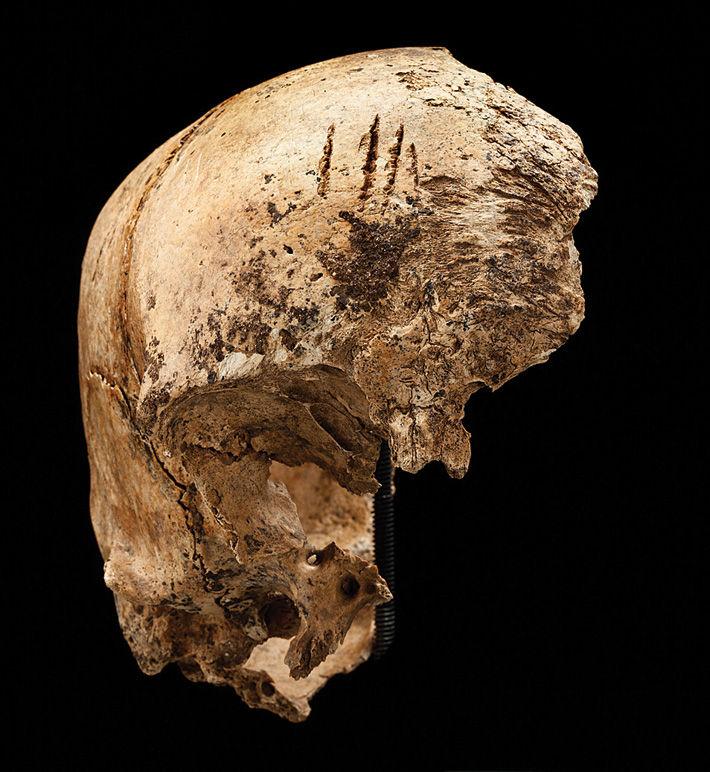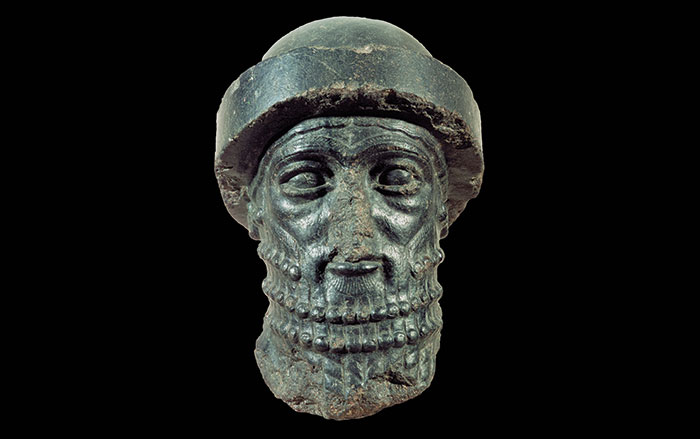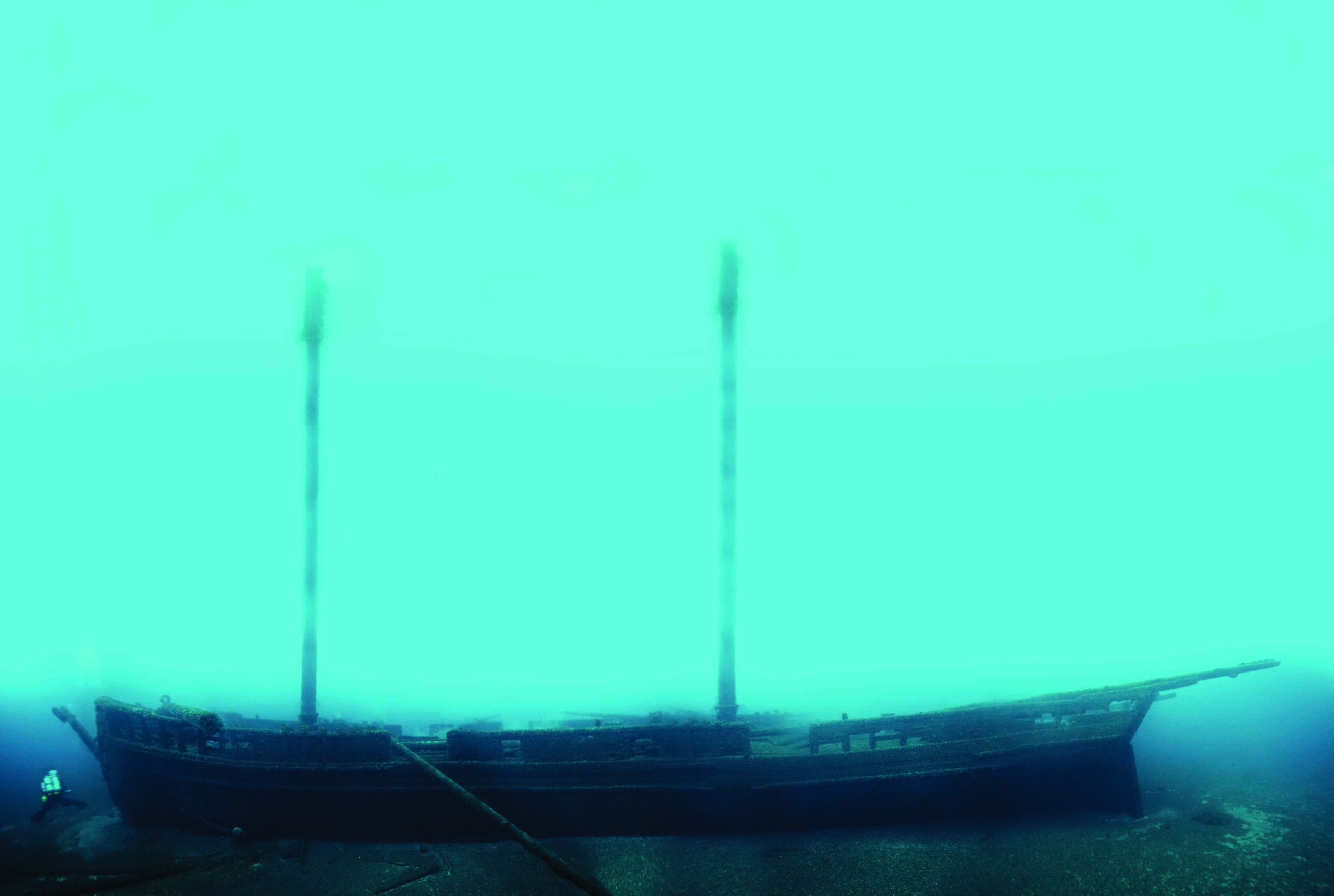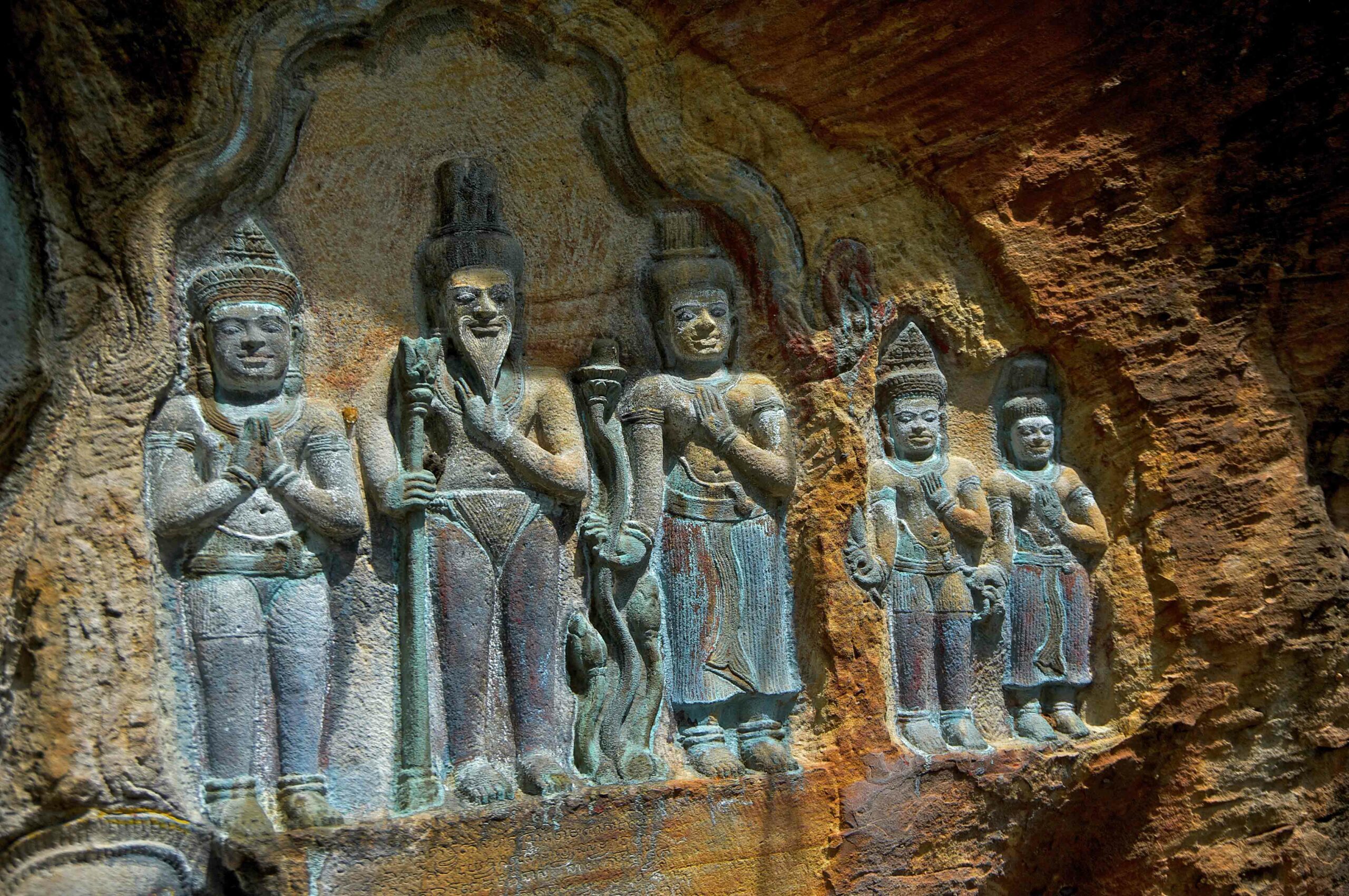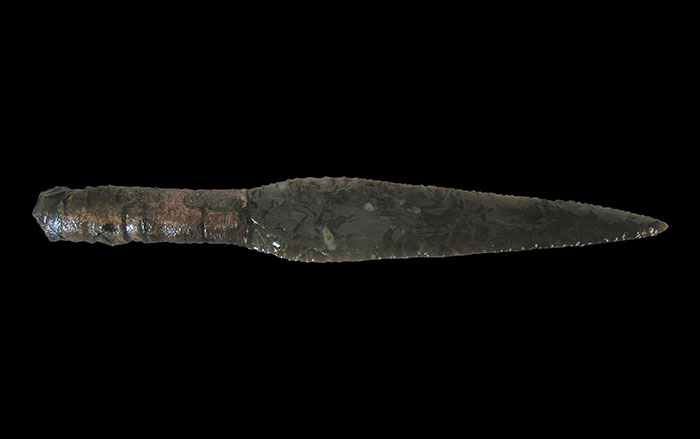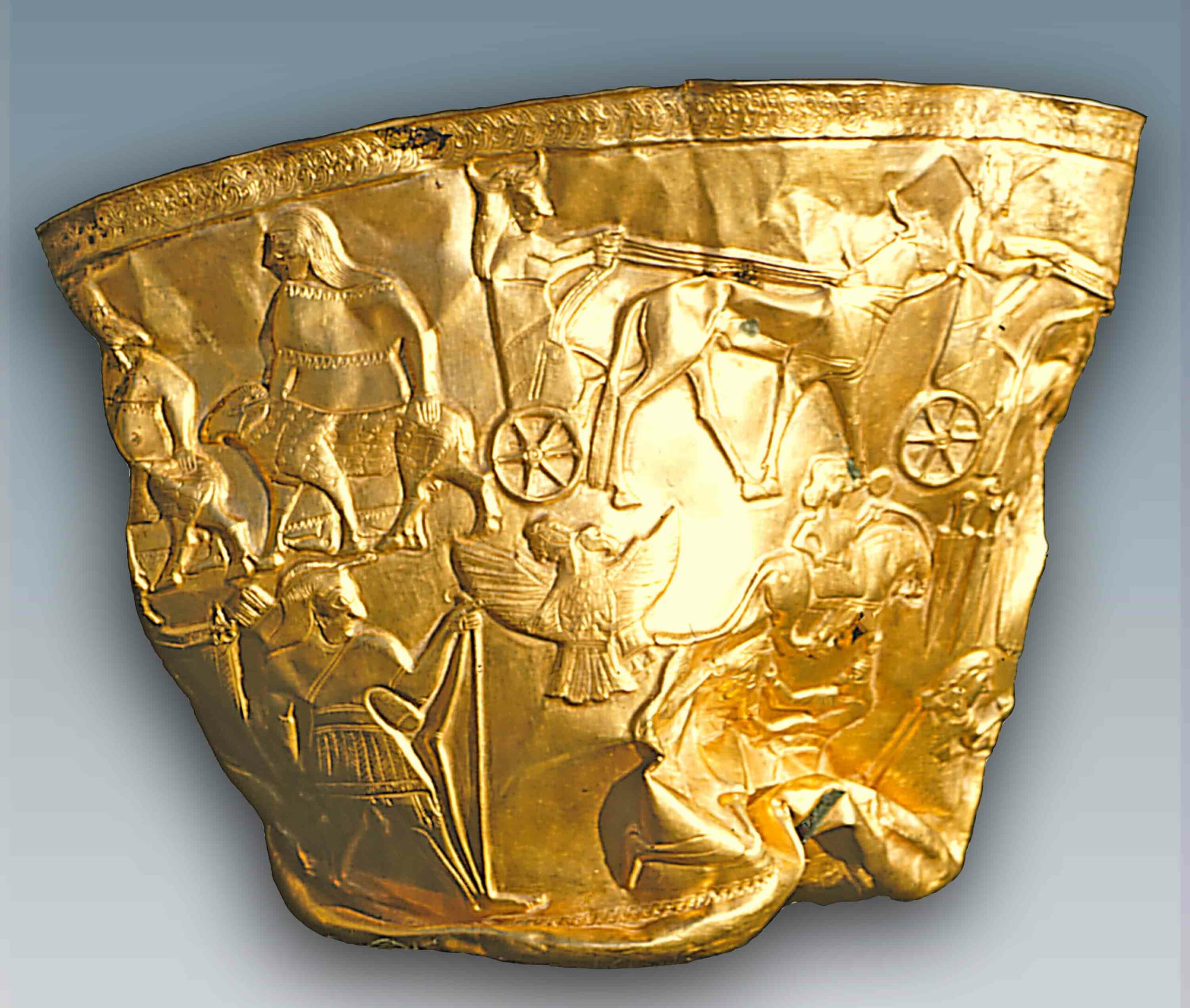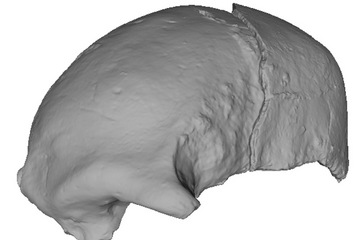
NAIROBI, KENYA—A second look at a 22,000-year-old skull fragment from the collections at the National Museums of Kenya suggests that humans were more diverse than previously thought. “It looks like nothing else, and so it shows that original diversity that we’ve since lost,” Christian Tryon of Harvard University’s Peabody Museum told Live Science. The skull, discovered in the 1970s at rock shelters at Lukenya Hill, resembles that of a modern human, but its dimensions are different from finds of the same age in Africa and Europe. The skull is also thickened, perhaps from damage, nutritional stress, or a highly active childhood. Artifacts from the site include 46,000-year-old ostrich eggshells that were used to make beads, and tiny stone blades.


